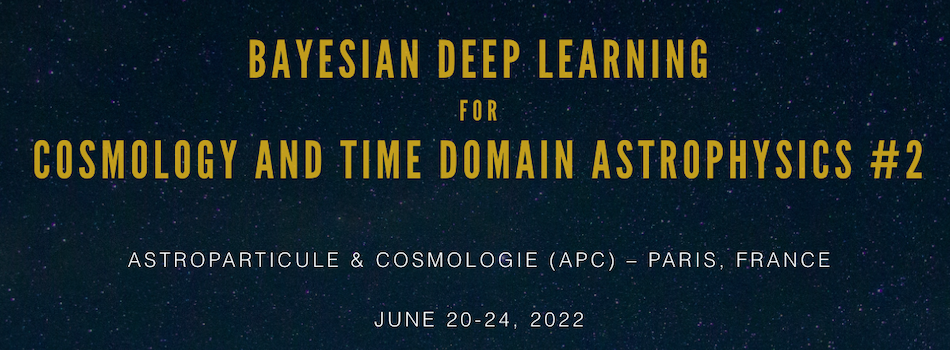Orateur
Description
In order to prepare for the upcoming wide-field cosmological surveys, large simulations of the Universe with realistic galaxy populations are required. In particular, the tendency of galaxies to naturally align towards overdensities, an effect called intrinsic alignments (IA), can be a major source of systematics in the weak lensing analysis. As the details of galaxy formation and evolution relevant to IA cannot be simulated in practice on such volumes, we propose as an alternative a Deep Generative Model. This model is trained on the IllustrisTNG-100 simulation and is capable of sampling the orientations of a population of galaxies so as to recover the correct alignments. In our approach, we model the cosmic web as a set of graphs, where the graphs are constructed for each halo, and galaxy orientations as a signal on those graphs. The generative model is implemented on a Generative Adversarial Network architecture and uses specifically designed Graph-Convolutional Networks sensitive to the relative 3D positions of the vertices. Given (sub)halo masses and tidal fields, the model is able to learn and predict scalar features such as galaxy and dark matter subhalo shapes; and more importantly, vector features such as the 3D orientation of the major axis of the ellipsoid and the complex 2D ellipticities. For correlations of 3D orientations the model is in good quantitative agreement with the measured values from the simulation, except for at very small and transition scales. For correlations of 2D ellipticities, the model is in good quantitative agreement with the measured values from the simulation on all scales. Additionally, the model is able to capture the dependence of IA on mass, morphological type and central/satellite type.

